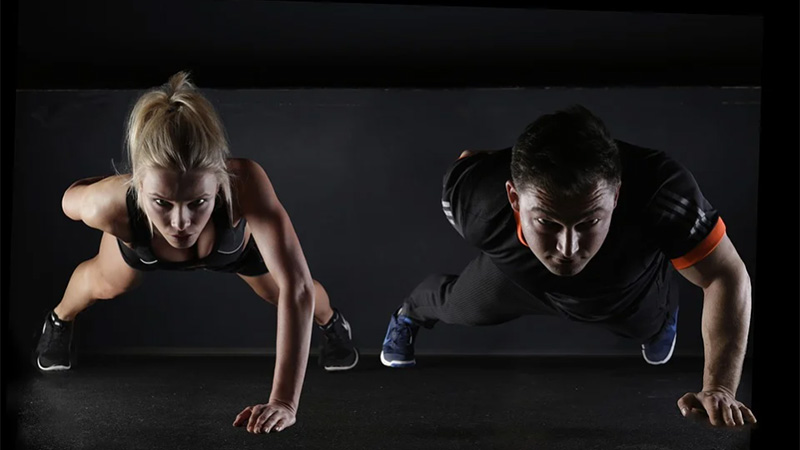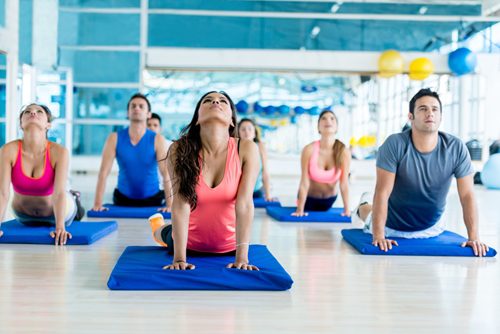5 Ways to Treat Post-Workout Muscle Soreness and Pain
Muscle soreness is an unpleasant, yet common effect of engaging in workouts. It is a normal reaction to training routines. It can range from being a slight discomfort to being incapacitating, depending on the workout‘s type and intensity. Also known as delayed-onset muscle soreness or DOMS, it is an indication that you have caused damage, or micro-tears, to your muscle tissues. When this damage occurs, the body undergoes a repair process, which involves triggering inflammation at the damage site.
While inflamed muscles are not an indication of good health, a small degree of inflammation is vital for muscle growth and repair. However, unbridle inflammation is detrimental to health. As a result, we should get the inflammation under control as fast as we can. However, you don’t have to be sore after a workout for it to be effective. And when you feel sore, you can engage in specific strategies to rid your body of the soreness. Some of these strategies are:
Stay Hydrated
One of the best ways to treat muscle soreness and pain after a workout routine is to stay hydrated by taking a lot of water. Staying hydrated is a critical aspect of the muscle recovery process. Water ensures that fluids are continually circulating within the human system. This reduces inflammation, delivers the necessary nutrients to the muscles, and flushes out waste products.
Manage Pain With Medication
Another way to treat post-workout muscle soreness and pain is through medication. Nonsteroidal anti-inflammatory drugs (NSAIDs) are a good option and come highly recommended. They reduce swelling and relieve pain. Examples include Advil (Ibuprofen) and Aleve (naproxen). The qualified pain management doctors at Seattle Pain Relief can prescribe opioid medications for you to treat your muscle soreness and pain effectively.
Conduct a Self-Myofascial Release (SMR)
SMR is a technique employed to release tension in connective tissues and muscles. They help to move fluids that lodge in the muscle after a workout routine. Examples of SMR tools are massage sticks, lacrosse balls, and foam rollers. Using a foam roller or other SMR tools will reduce muscle soreness by enhancing the delivery of nutrients and oxygen to the required area. The result is a reduction in swelling and tenderness.
Eat After Your Workout
Protein provides the amino acids we need to rebuild muscles, while carbohydrates replenish the energy depleted during the workout. By providing the muscles with the resources they need for their repair and growth, we will be enhancing our recovery process.
Get Quality Sleep
Sleep is one of the most critical requirements for exercise recovery. While its effect might not be immediately noticeable to some, it enhances the recovery process. For example, non-rapid eye movement (NR sleep) enhances protein synthesis, required for repairing damaged muscles. Therefore, ensure that you get good quality sleep when you are trying to heal from muscle soreness.
Endnote
Experiencing muscle soreness or pain after a fitness or workout routine is quite common. However, you don’t need to continue going through the discomfort every time. Strategies such as staying hydrated, getting good quality sleep, eating, and medications can help reduce such pain and muscle soreness.



